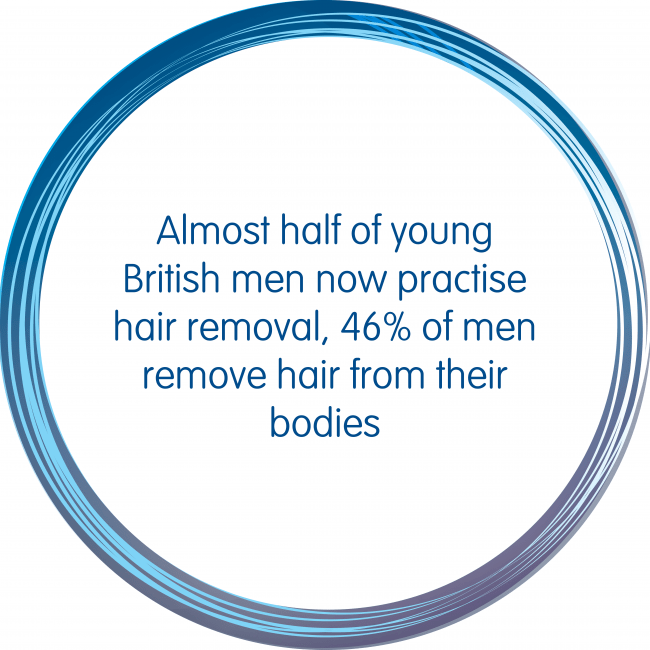IPL Treatments at Dr Malaika Clinics
Unwanted hair can be a hassle, whether it’s constant shaving, painful waxing, or dealing with ingrown hairs. All of the traditional hair removal methods also cause damage to our delicate skin, so after listening to our patients concerns, we did the research to bring the safest and most effective treatments to you. Enter Lynton Laser’s IPL (Intense Pulsed Light) hair removal, a popular and effective solution for long-term hair reduction.

So, if you (like many of our patients) are tired of the endless cycle of shaving or waxing, IPL might just be the answer you’re looking for. Before we can fully answer that though, there are of course more questions to ask: how does it work? Is it right for you? What are the risks? How much does it cost? In this post, we’ll break down everything you need to know about IPL hair removal.
What is IPL Hair Removal?
IPL, or Intense Pulsed Light, is a technology that uses broad-spectrum light to target the pigment (melanin) in hair follicles. When the light is absorbed by the melanin, it generates heat that damages the hair follicle, disrupting the growth cycle and reducing future hair growth. Unlike traditional lasers that use a single wavelength of light, IPL uses multiple wavelengths, making it more versatile for different skin tones and hair types.
While IPL is not technically a laser, it works on a similar principle – using light to destroy the follicle and inhibit regrowth.

How Does IPL Work?
- Preparation: Before the treatment, the area to be treated is shaved to ensure the light reaches the hair follicle beneath the skin. Waxing or plucking should be avoided, as these methods remove the hair from the follicle, rendering the treatment ineffective.
- Light Pulses: The IPL device emits pulses of light that penetrate the skin and are absorbed by the melanin in the hair. The light energy is converted into heat, damaging the hair follicle and preventing future growth.
- Treatment Sessions: Hair grows in cycles—active (anagen), transitional (catagen), and resting (telogen). IPL is most effective in the anagen (growth) phase, which is why multiple sessions are required to catch all hairs during this phase.

Benefits of IPL Hair Removal
- Long-Term Hair Reduction: With consistent treatment, IPL can provide long-lasting hair reduction. Over time, hair grows back finer, lighter, and in smaller amounts.
- Gentle on the Skin: IPL is generally less painful than traditional laser hair removal or waxing. Some people describe the sensation as a slight snapping or warming of the skin.
- Wide Range of Treatment Areas: IPL can be used on most areas of the body, from the face and upper lip to larger areas like the legs, back, and chest.
- Cost-Effective: While the upfront cost may be higher, IPL saves time and money in the long run by reducing the need for constant shaving, waxing, or other temporary hair removal methods.

Is IPL Right for You?
While IPL is an effective treatment for many people, it works best for certain skin tones and hair types. Here are a few factors to consider:
- Best for Light Skin and Dark Hair: IPL is most effective for people with lighter skin tones and darker hair. The contrast between the skin and hair allows the light to be better absorbed by the melanin in the hair. If you have darker skin or lighter hair, IPL may not be as effective or could lead to complications like hyperpigmentation.
- Consider Your Hair Type: IPL works best on thick, coarse hair. Finer hair or hair with less melanin, such as blonde, gray, or red hair, might not respond as well to IPL treatment.
- The powerful Lynton Dynamix that we use in our clinic cannot be used on areas where there is a tattoo (the pigment in the tattoo can cause skin burning), any moles (these can be covered with gauze to protect them), or real/fake tan.

How Many Sessions Do You Need?
IPL hair removal typically requires 6 to 10 sessions for optimal results, depending on the area treated, hair thickness, and individual hair growth cycle. After completing the initial series of treatments, maintenance sessions may be needed periodically to keep hair growth under control.
What to Expect During and After Treatment
During the treatment, the sensation is often described as a mild sting or the feeling of a rubber band snapping against the skin. Most modern IPL devices are equipped with cooling features to minimize discomfort.
After each session, it’s normal to experience slight redness or swelling, similar to a mild sunburn. These effects usually subside within a few hours. It’s essential to protect the treated area from sun exposure and avoid tanning, as IPL-treated skin can be more sensitive to UV rays.
Side Effects and Risks
While IPL is generally safe when performed by trained professionals, there are some potential side effects to be aware of, including:
- Redness and Swelling: Temporary redness and slight swelling are common but usually resolve within a few hours.
- Pigmentation Changes: Darker skin tones are more prone to hyperpigmentation (darkening of the skin) or hypopigmentation (lightening of the skin).
- Burns or Blisters: Rare but possible, especially if the skin is overly sensitive.
To minimize risks, it’s essential to follow all pre- and post-treatment care instructions and consult with a qualified professional before starting IPL treatment.
Professional vs. At-Home IPL
Many clinics and spas offer IPL hair removal, but there are also at-home devices available that allow you to perform the treatment yourself. Professional treatments tend to be more powerful and effective, especially for larger areas or stubborn hair, but at-home devices can be a convenient and cost-effective alternative for smaller areas or maintenance.
If you choose an at-home device, make sure to follow the manufacturer’s instructions carefully to avoid injury.
Final Thoughts: Is IPL Hair Removal Worth It?
IPL hair removal is an excellent option for those looking to reduce unwanted hair in the long term. While it may not provide permanent hair removal, it can significantly reduce the need for frequent shaving or waxing, giving you smoother skin with less effort. It’s essential to manage your expectations—results vary based on your skin tone, hair type, and consistency in following the treatment schedule.
Ultimately, if you’re looking for a convenient, relatively pain-free way to reduce hair growth and save time, IPL hair removal is worth considering.
Would you give IPL a try, or do you prefer other methods of hair removal? Let us know your thoughts in the comments below!


